The monosodium glutamate market exhibits a dynamic competitive landscape characterized by a blend of established players and emerging competitors. Key growth drivers include the increasing demand for flavor enhancers in the food industry, alongside a rising consumer preference for umami flavors. Major companies such as Ajinomoto (US), Fufeng Group (CN), and Meihua Group (CN) are strategically positioned to leverage these trends. Ajinomoto (US) focuses on innovation and product diversification, aiming to enhance its portfolio with health-oriented products. In contrast, Fufeng Group (CN) emphasizes regional expansion and supply chain optimization, while Meihua Group (CN) is investing in digital transformation to streamline operations and improve customer engagement. Collectively, these strategies shape a competitive environment that is increasingly focused on innovation and responsiveness to consumer preferences.
Key business tactics within the monosodium glutamate market include localizing manufacturing and optimizing supply chains to enhance efficiency and reduce costs. The market structure appears moderately fragmented, with several key players exerting influence over pricing and distribution channels. This fragmentation allows for a variety of competitive strategies, as companies seek to differentiate themselves through quality, innovation, and customer service.
In November 2025, Ajinomoto (US) announced a partnership with a leading food technology firm to develop a new line of plant-based flavor enhancers. This strategic move is likely to position Ajinomoto (US) at the forefront of the growing plant-based food trend, catering to health-conscious consumers and expanding its market share. The collaboration underscores the company's commitment to innovation and aligns with broader industry trends towards sustainable and health-oriented products.
In October 2025, Fufeng Group (CN) completed the acquisition of a regional competitor, enhancing its production capabilities and market reach. This acquisition is significant as it not only consolidates Fufeng's position in the market but also allows for greater economies of scale, potentially leading to lower production costs and improved pricing strategies. Such strategic maneuvers indicate a proactive approach to market consolidation and competitive positioning.
In September 2025, Meihua Group (CN) launched a new digital platform aimed at improving customer interaction and streamlining order processing. This initiative reflects a growing trend towards digitalization within the industry, as companies seek to enhance customer experience and operational efficiency. By investing in technology, Meihua Group (CN) is likely to gain a competitive edge in a market that increasingly values speed and responsiveness.
As of December 2025, current competitive trends in the monosodium glutamate market are heavily influenced by digitalization, sustainability, and the integration of AI technologies. Strategic alliances are becoming more prevalent, as companies recognize the value of collaboration in enhancing innovation and market reach. Looking ahead, competitive differentiation is expected to evolve, shifting from traditional price-based competition to a focus on innovation, technological advancement, and supply chain reliability. This transition may redefine the competitive landscape, compelling companies to adapt and innovate continuously.


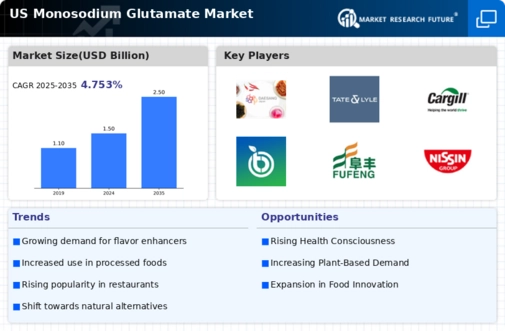
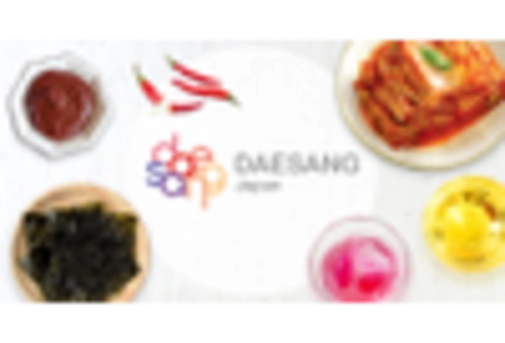
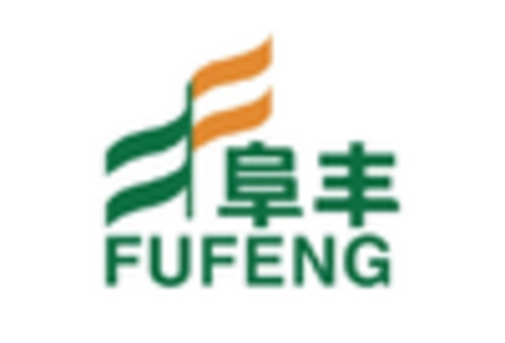
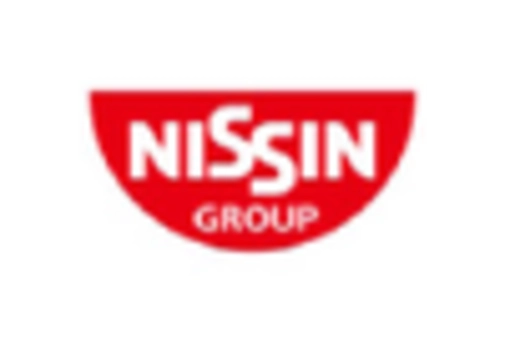
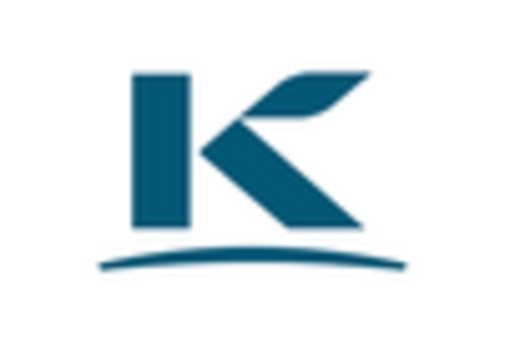

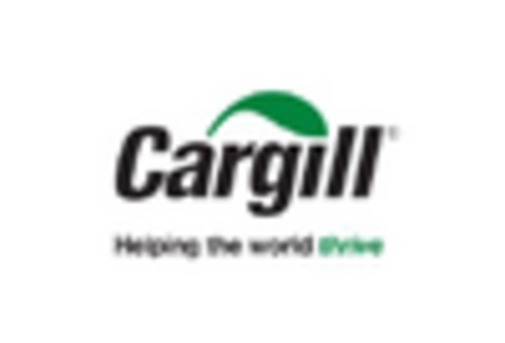
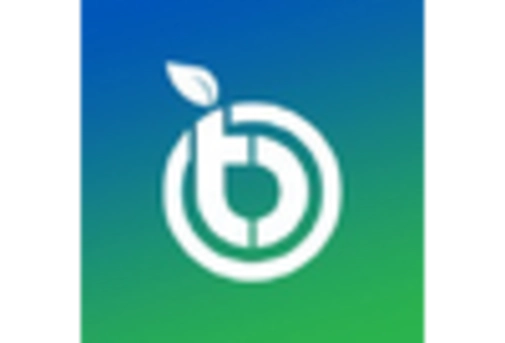








Leave a Comment